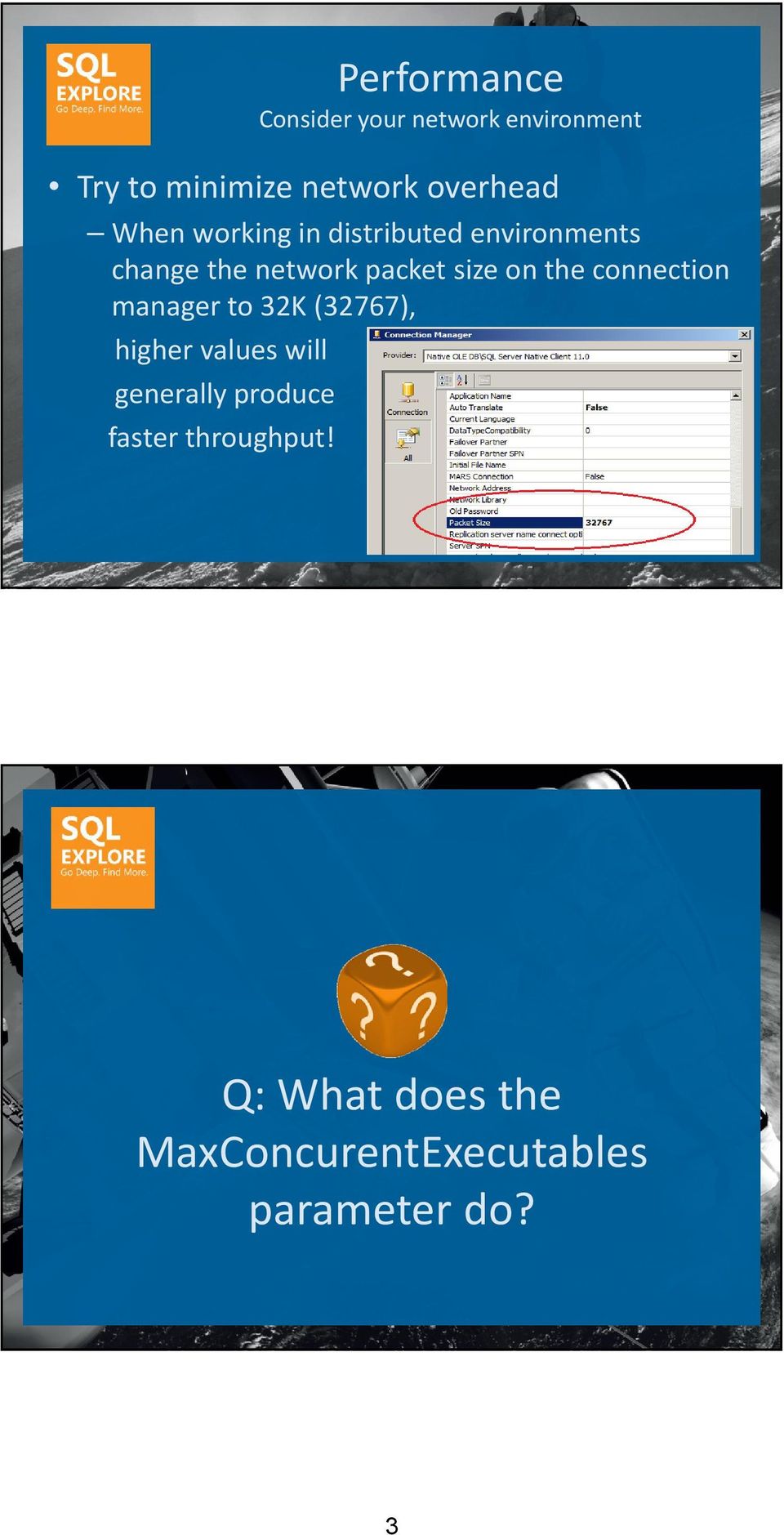

To add a new connection, you have to click on New button. In this window, all previously defined connections are listed with their properties. When you click on Add OLE DB connection in the context menu above, the following window appears:įigure 3 – Defined OLE DB connections form Among all SSIS connection managers, OLE DB connection managers are the most popular. It is an API designed by Microsoft, that allows users to access a variety of data sources in a uniform manner. OLE DB stands for Object Linking and Embedding, Database. In the following sections, we will describe only the OLE DB, ODBC, and ADO.NET connection managers since they are the ones used to connect to SQL Server. The context menu strip contains a few types of connection managers, to see all types click on New Connection SSIS connection managers are can be added from the connection managers tab located in the bottom of the main screen:Īs mentioned in the SSIS connection managers tab, add a new connection manager, right-click inside the tab panel, and select the connection manager type from the context menu strip.įigure 2 – Add SSIS connection manager context menu strip In this article, I will mention the SSIS connection managers listed in SQL Server Data Tools for Visual Studio 2017 with their description (The following table is taken from Visual Studio “Add SSIS Connection Manager” dialog):Ĭonnection manager for ADO.NET connectionsĬonnection manager for DQS Server (Data Quality Services)Ĭonnection manager for the Message Queue taskĬonnection manager for Analysis Services connectionsĬonnection manager for multiple flat filesĬonnection manager for OLE DB connectionsĬonnection manager for Oracle connectionsĬonnection manager for Power Query SourceĬonnection manager for SQL Server transfer tasksĬonnection manager for SQL Server Compact connections

There are different types of connection managers that are included in SSIS. In general, SSIS connection managers are used to configure a connection between SSIS and an external data source. This article is the 8th article in the SSIS feature face-to-face series which aims to remove confusion and to illustrate some of the differences between similar features provided by SQL Server Integration Services.

Then I will try to illustrate the difference between them when trying to connect to SQL Server.

In this article, I will first give an overview of the OLE DB, ODBC, and ADO.NET SSIS connection managers.


 0 kommentar(er)
0 kommentar(er)
